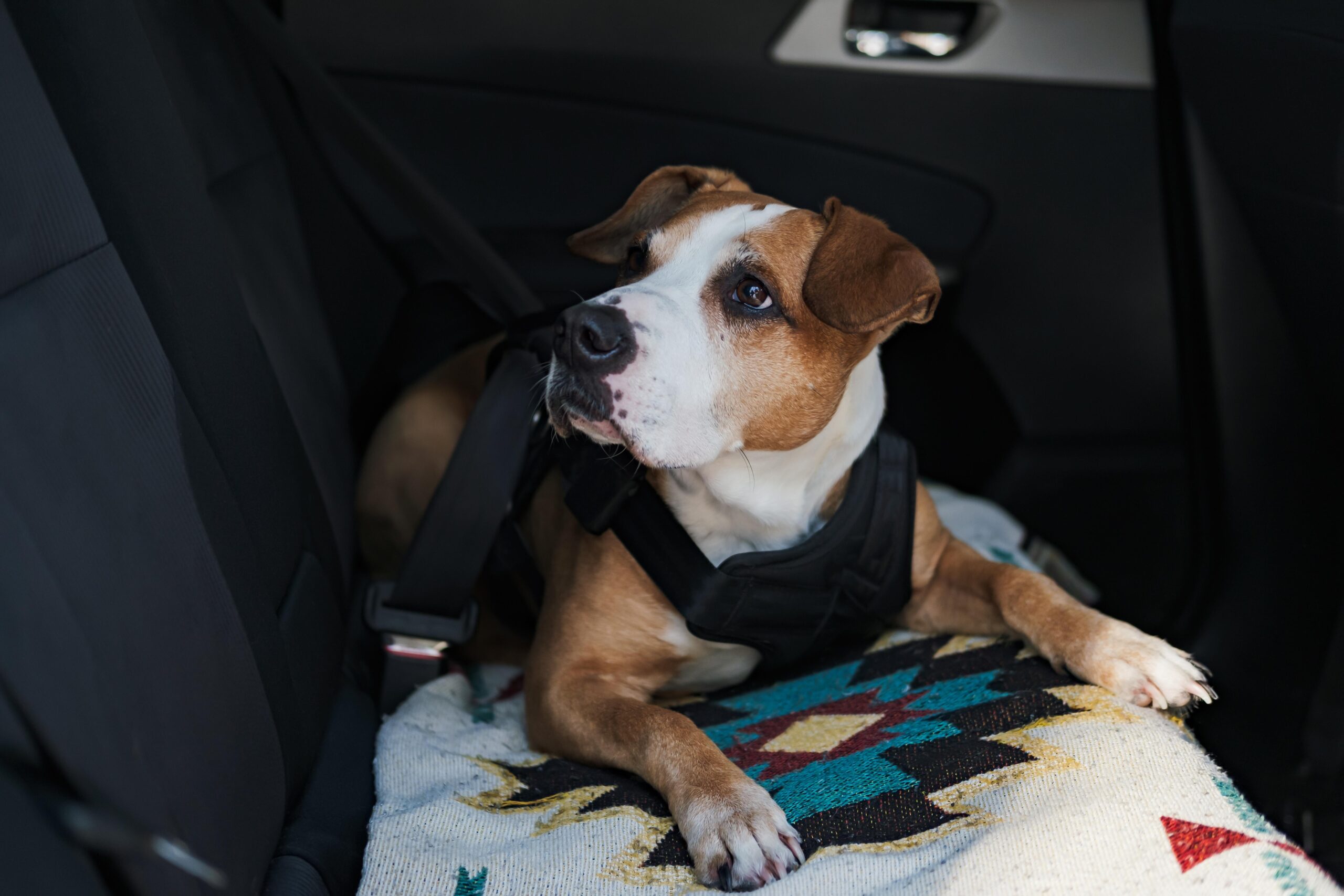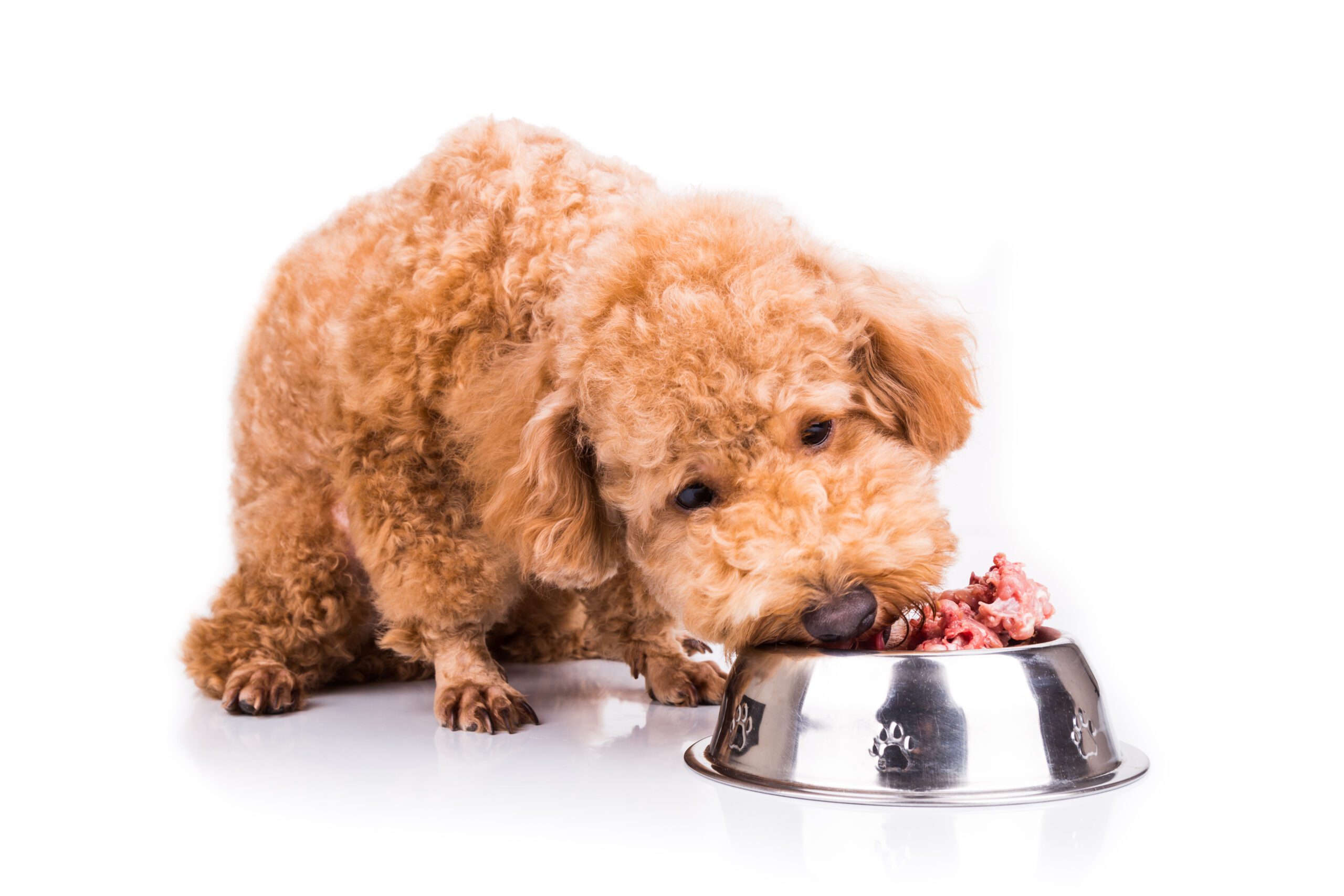Dogs and food allergies.
Dogs, just like people, can get allergies. The most common types of allergies are environmental. Dogs can also have allergies to various types of food. These allergies can result in a range of different symptoms.
A food allergy occurs when the immune system mistakenly sees a certain part of the food as a threat to the body. This results in an immune response. This can lead to gastro-intestinal (GI) symptoms, skin issues or a combination of both. A food allergy can develop at any time, sometimes taking years to develop. Some breeds are more prone to allergies than others.
Food allergies
Food allergies in dogs are not actually all that common. They only make up around 10% of the allergies found in dogs. There are a variety of tests that claim to be able to test for allergies, however none of them have been proven to have any accuracy. The only way to properly diagnose a food allergy in a dog is to perform a food elimination trial.
Symptoms of food allergies
Food allergies can cause many different symptoms. These may include:
- Gastro intestinal symptoms
- Skin issues such as scratching, chewing, hair loss or ear problems.
- Vomiting and diarrhoea,
- Noisy guts
- Bowel movements occur more often.
It is important to note that these symptoms can overlap with other issues such as environmental allergies, It is important to consult your vet if your dog is displaying any symptoms.
Elimination diets
Elimination diets need to be done in a specific way to get the desired results. A set protocol using a prescription hydrolysed diet should be used. After changing your dog onto the trial diet they are fed this exclusively that for 8 weeks. A new fod type can be introduced if your dog has had 4 days without a reaction. One different food type must be introduced at a time. After each food it is important to allow 4 days for a reaction to occur. This should be done under veterinary supervision following a protocol provided by your vet.
The challenge phase of the elimination food trial is very important. This will identify which protein it is your dog is allergic to. This means that you can feed a non-prescription food that does not include that protein instead of feeding the prescription hypoallergenic food long term. Prescription hypoallergenic foods are a complete food however, and some people choose to feed them long term if their pet has a good response to them.
Hypoallergenic food
You will see a lot of pet foods in stores advertising themselves as ‘hypoallergenic’, but what they usually mean by this is that they are gluten-containing grain free. Grain allergies only account for <1% of food allergies in dogs. The most common food allergies in dogs are allergies to proteins, mainly beef, chicken and dairy. True hypoallergenic, prescription diets contain hydrolysed protein. This means the proteins have been broken down into smaller molecules to help avoid detection by the immune system.
Another option is a diet using a novel protein. A novel protein is using a protein not commonly used for dog food, for example duck or venison. This lowers the risk of allergic reaction due to the fact that the dog has not had contact with the protein before. Before feeding a novel protein to a dog with food allergies, the elimination diet should be used to make sure your dog is not allergic to the specific protein you want to feed.
Things to remember
- Firstly, food allergies are not common
- The most common allergy is to meat protein (beef, chicken and dairy)
- It is rare to see a grain allergy in a dog
- Food allergies can cause a range of symptoms
- The only way to accurately diagnose a food allergy is with an elimination diet
- Finally, it is important to discuss any health concern with your vet.





